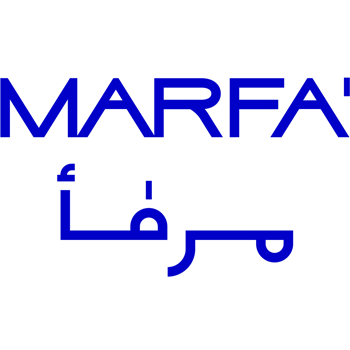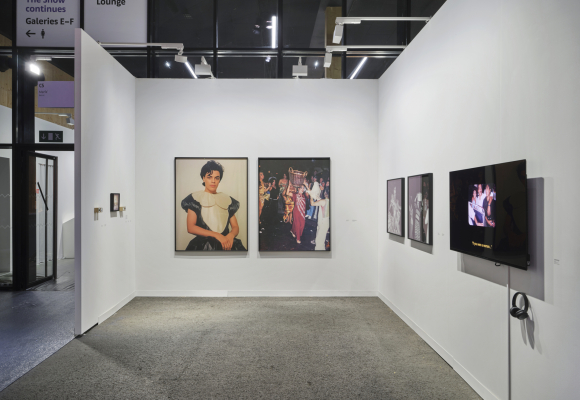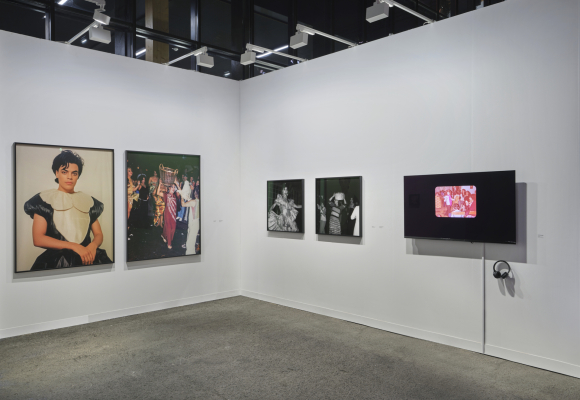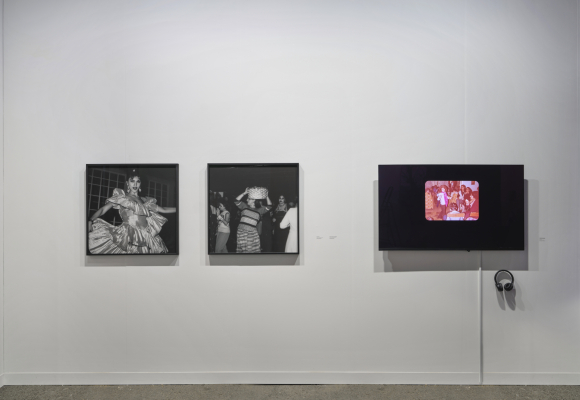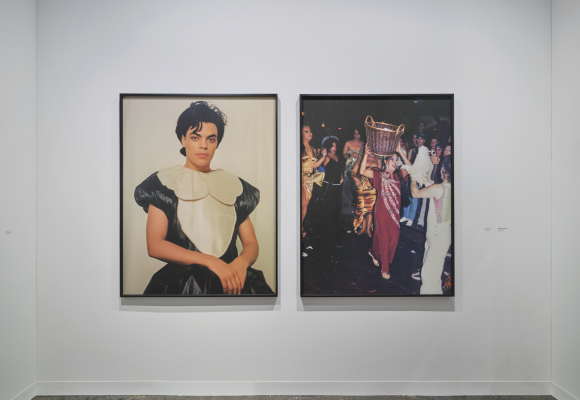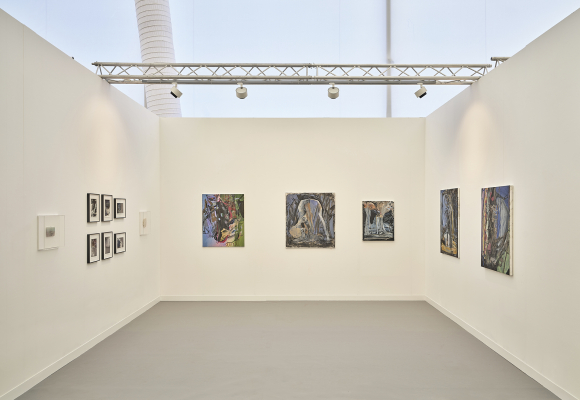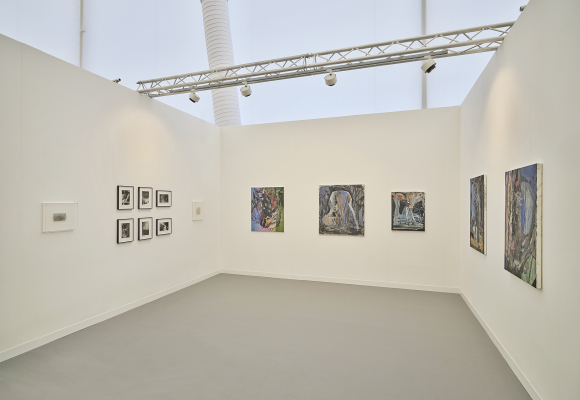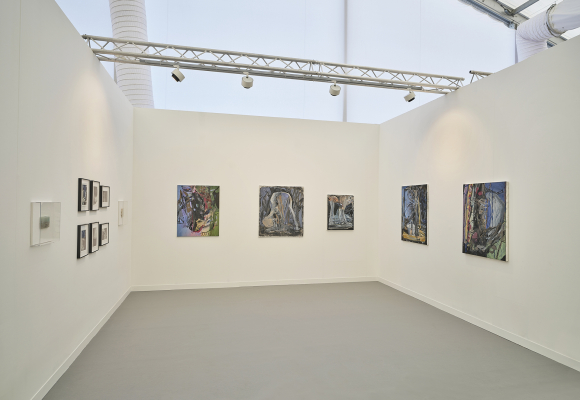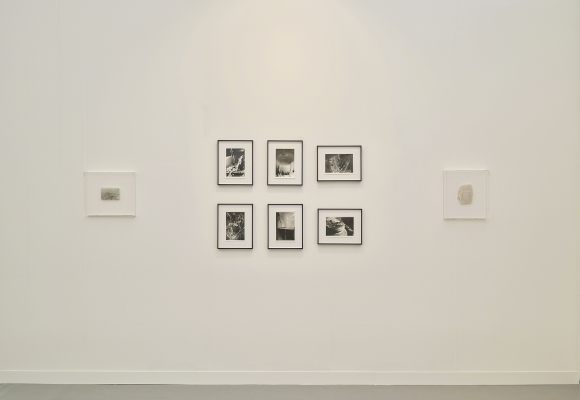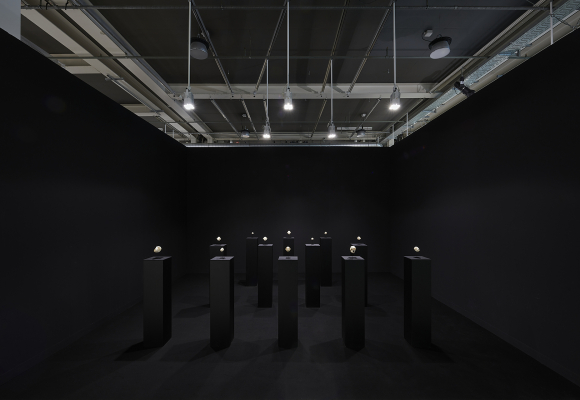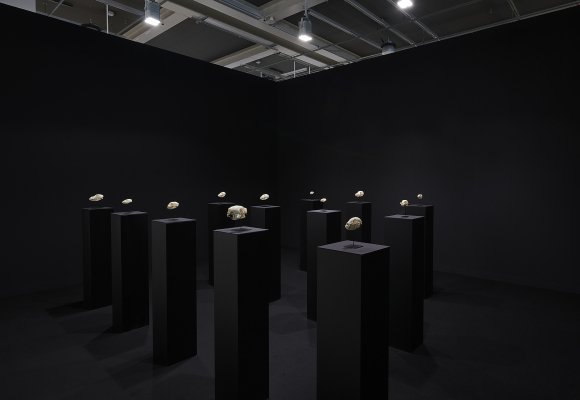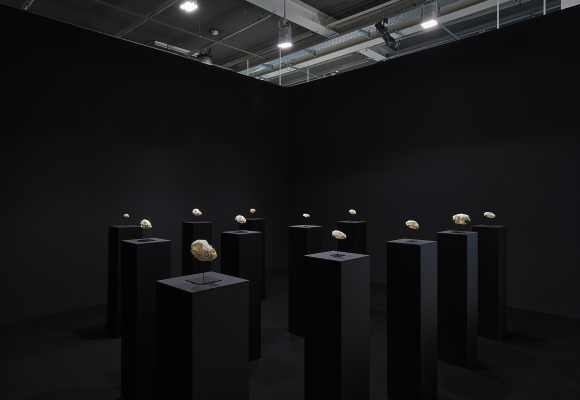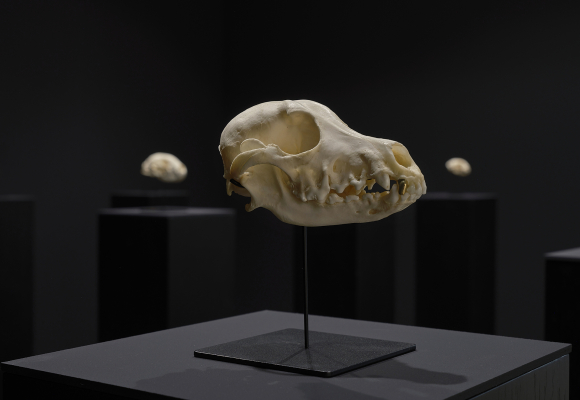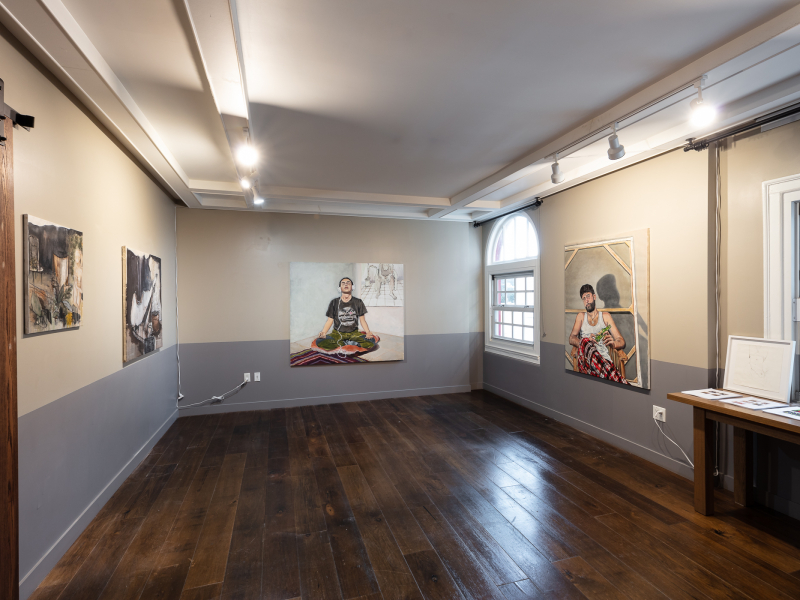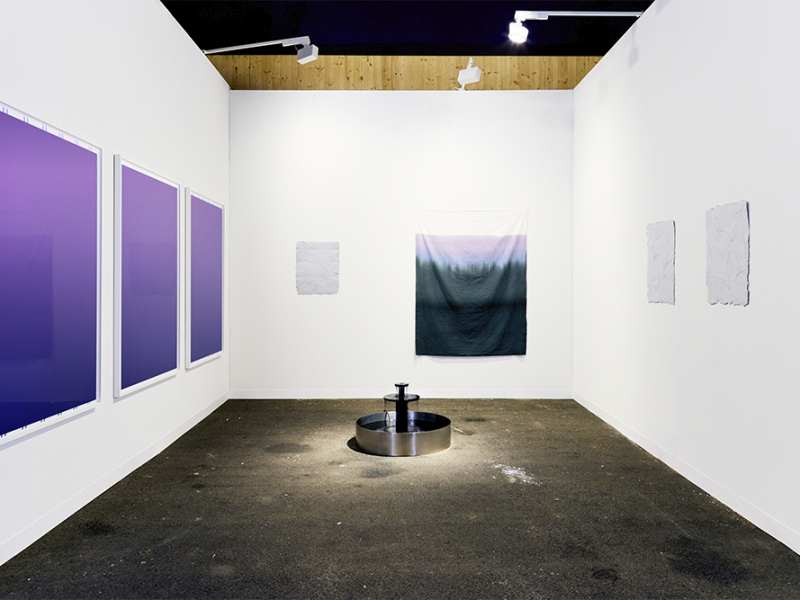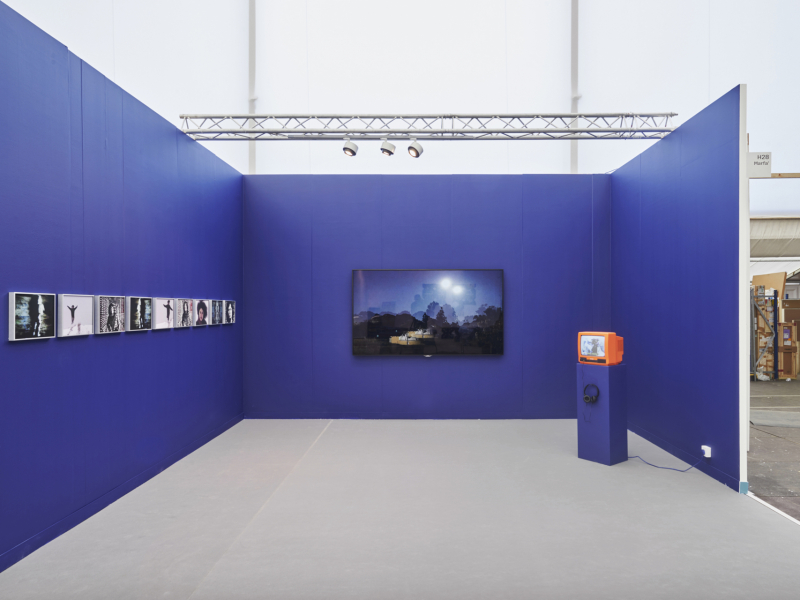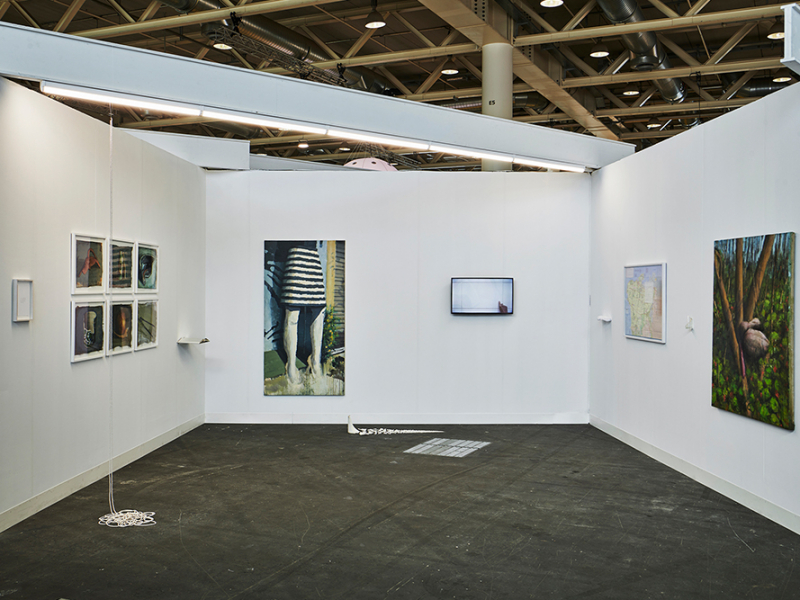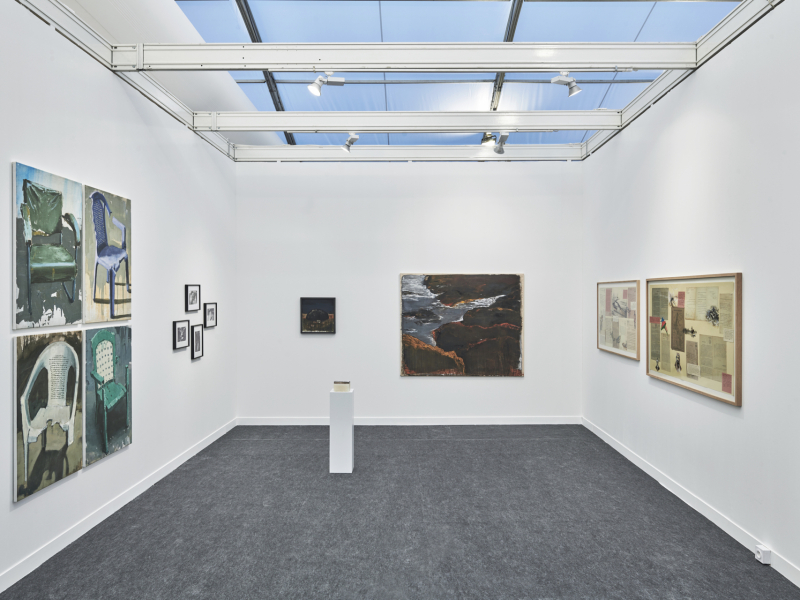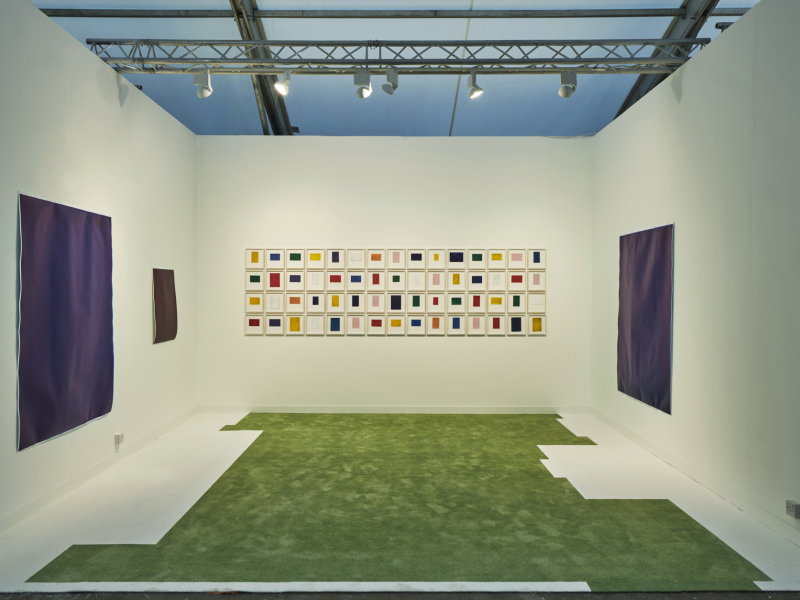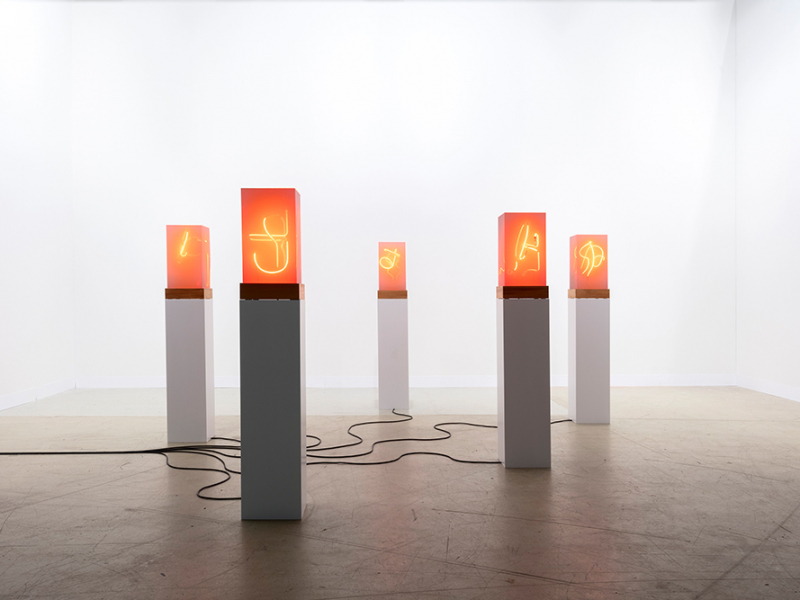For Paris + par Art Basel 2023, Marfa’ is showing a solo project by Mohamad Abdouni.
Since 2019, Mohamad Abdouni has been assembling and providing public access to never-before-seen archives of Transfeminine experiences and oral histories from Lebanon’s eighties, nineties, and post-war period, in an attempt to record the life stories of Trans* women and safeguard their images.
The ongoing project, titled “Treat Me Like Your Mother: Trans* Histories From Beirut’s Forgotten Past”, comprises over 300 photographs to date, currently housed at the Arab Image Foundation in what is arguably the first such photographic archive in the Arab region, offering valuable insight into the community’s social integration over the last four decades.
With AI-powered image generation platforms gaining popularity around the same time as this archive became public, questions arose around the consequences of these technologies on the archiving practice and the effect these accessible tools might have on its future. These musings were centered primarily around archives pertaining to marginalized groups and previously unrecorded histories.
In a time when cameras, film, and development were scarce commodities for a sisterhood with limited financial resources to chronicle its own history, and where photographic documentation wasn’t always an attainable privilege, how can modern imaging technologies be effectively utilized to expand on a particular Trans* experience nestled within post-war Beirut?
In his latest series, “Extended Archives,” the artist playfully tackles these questions by expanding upon his existing collection and crafting “pseudo-archives”, using these very same publicly accessible platforms. He resorts to source material comprised of personal photographs the women had generously donated, transcriptions of their oral histories, additional images from the Arab Image Foundation, and the artist’s past photographic work to create a manufactured extension to his existing archive.
The experiment raises evident ethical concerns, introducing new challenges to be put into practice within verification protocols. Whereas some stock photo databases have already implemented guidelines for creators and contributors encouraging them to flag AI-generated images as such within their metadata, it remains open grounds for an endless array of “pseudo-archives” to roam the web, masquerading as authentic photographs.
Trans* is used in recognition of transgender, transsexual, trans-feminine, trans-masculine and trans-non-binary identifying people.
